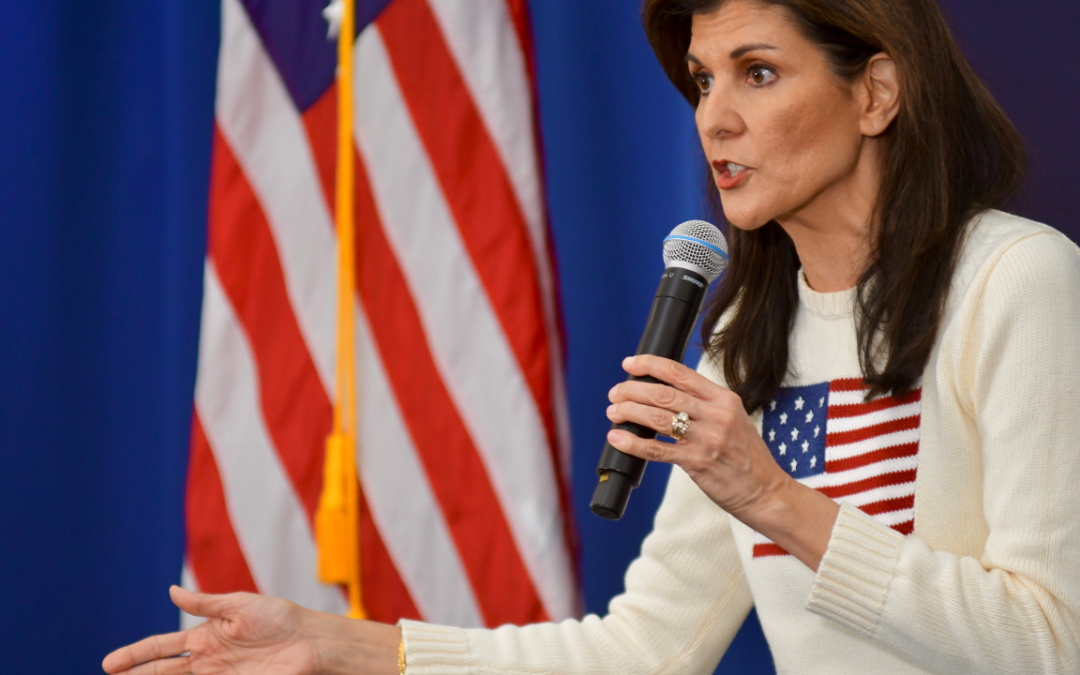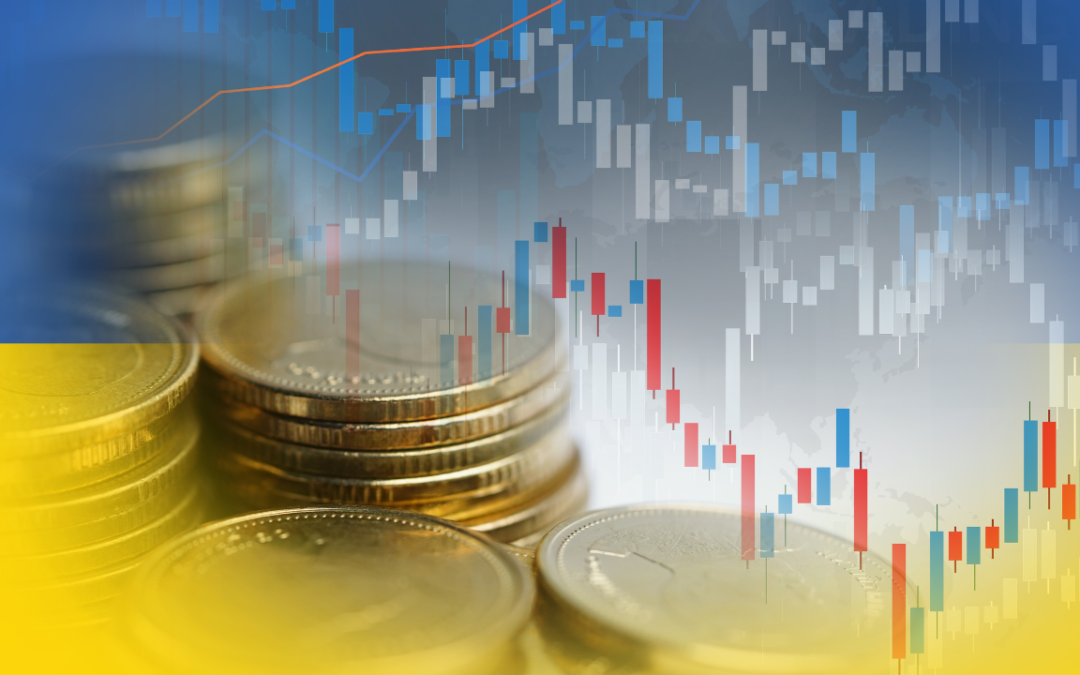2022 has been a brutal year for investors. ‘Safe’ government bonds have seen about a fifth of their market value evaporate this year. Global equity market declines have been even worse. Year-to-date, the S&P500 has lost about a quarter of its value. The tech-heavy Nasdaq index has slumped by a third. Meanwhile, many commodity prices are also now under pressure, and the US dollar is leaving all other currencies—developed and emerging—in its wake.
We know what caused the sharp 2022 market declines—surging inflation and the need for central banks to combat price and wage pressures via tighter monetary policies. The size and speed of the policy response has been dramatic, with the current Fed tightening cycle now the fastest pace of rate increases since the Volcker era.
But after the massive slumps in financial markets this year, investors are beginning to ask whether a bottom is in sight or, alternatively, whether the market meltdown will continue.
In what follows, we provide our views on the factors required to end to the rot. In our view, a bottoming is more likely first in global government bond markets, with troughing of global equities lagging.
Let’s begin with bonds. History and logic suggest that bond yields will peak (and bond prices will correspondingly bottom) when the expected future path of short-term interest rates (i.e., the ‘forward curve’) has adequately discounted the probable path of monetary policy interest rates.
But how can we know when that moment has arrived?
The answer begins with an understanding of what drives monetary policy. At first glance, the answer is straightforward—runaway inflation. Simply put, the Federal Reserve and other central banks are unlikely to slow or stop, much less reverse, rate hikes until they are confident that inflation has fundamentally peaked and is declining.
But that observation, while correct, merely raises an even more fundamental question: Given their poor forecasting track record, can central banks (and, for that matter, investors) accurately predict peak inflation?
Most readers will be aware of the Fed’s misjudgment (and in full disclosure, ours as well) that last year’s inflation surge would prove ‘transitory’. Yet as bad as that call was, it merely represents the latest inflation miscalculation by central banks. As a large body of academic research points out, macroeconomic inflation forecasting has had a mixed track record this century (to put it diplomatically).
Standard models based on assumed linkages between unemployment and inflation (so-called ‘augmented Phillips Curve’ approaches) or general equilibrium models failed in the first two decades of this century to explain stubbornly low inflation, even when unemployment rates fell to postwar lows. And the same models missed the 2021-2022 surge. Yet those models remain the workhorses behind central bank projections of inflation and, implicitly, their rate-setting decisions. If the models have poor predictive power, how can central bankers and investors know with confidence that interest rates are sufficiently high to bring about a decline in inflation?
The answer is that the burden instead falls on ‘data dependency’. Central banks will continue to hike rates until both inflation crests and excess supply (‘slack’) becomes evident in product and labor markets.
That is not yet the case in the US or the Eurozone, much less in smaller and more open economies such as the UK or many emerging markets, where currency weakness is pushing up import prices and hence overall inflation at even faster rates.
Indeed, after the latest US labor market and inflation data, investors have assigned nearly 100% probabilities (derived from market prices) that the Federal Open Market Committee (FOMC) will hike policy rates another three quarters of a percentage point at its upcoming meeting on November 1-2, 2022. Market prices imply growing probabilities of a further 75 basis point hike at the December FOMC meeting. It is no longer inconceivable that the Fed funds rate will breach 5% in early 2023.
Therein, however, resides an opportunity for bond investors. The more aggressive the forward curve prices Fed hikes, the more likely that the full extent of what the Fed ultimately does is already in bond prices.
Moreover, central bankers are aware that monetary policy operates with lags. Even more important, they know that the macroeconomic variables that are paramount for their decision-making, namely the unemployment and inflation rates, are notorious lagging indicators. Accordingly, when the labor market begins to show slack (i.e., via a slowing of hiring and a rise in the unemployment rate) and inflation begins to recede, investors will be more confident in shifting their expectations from rate hikes to a pause, if not a reversal, of monetary policy tightening. And that is precisely when bond returns surge, as interest rates decline, and bond prices jump.
Put differently, investors who wait until inflation is clearly headed back to central bank targets of 2% will miss the bulk of the market repricing. That is particularly true in this cycle, insofar as most measures of inflation expectations—whether based on inflation-linked bonds or on surveys—show that long-term inflation expectations remain subdued. That means central banks can pivot faster to avoid unnecessarily deep recessions and declines in employment.
Lastly, while estimates of the ‘neutral’ Fed funds rate are anything but precise, most observers agree that the Fed has already moved beyond neutral to restrictive. At the same time, the fiscal impulse is deeply negative, and the combination of a strong dollar and weak foreign growth is hurting exports. All signs, in other words, point to a pending economic slowdown, one that is already evident in housing, capital expenditures and consumer spending on goods. Mini recessions are now unfolding across the economy, as is typical in most downturns.
In sum and as regards bonds, the preconditions for a market bottom are falling into place. Investors have discounted significant central bank tightening. Growth is already slowing. What is still required is ‘peak inflation’. Assuming, however, that inflation lags the cycle, peak inflation is probably not far away.
What about equities?
If bond yields peak, equity markets will enjoy some relief from the relentless rise in the ‘risk free’ rate, which forms an important component of how investors discount future profits. If that were all that mattered, equity investors might be tempted to soon join bond investors in bottom fishing.
Sadly, not all else is equal. The peak in bond yields owes much to signs of weaker growth, which surely translates into weaker earnings. Moreover, while ‘risk free’ bonds can rally as the economy sags, holders of corporate bonds and other debt obligations are apt to demand higher risk premiums as the risk of defaults grows. A fall in the risk-free rate is not synonymous with a fall in the cost of capital.
Moreover, unlike bonds, whose yields only reflect the expected future path of short-term rates, equity valuations are more complex. That is because they embed expectations for earnings (and dividends) today, tomorrow and into the distant future. Even if equity price-to-earnings valuations have slumped this year (and in some cases are now below long-term averages), it is not entirely obvious that earnings expectations have fully responded to the likely decline in corporate profits growth over the next year.
Indeed, the bullish case for equities resides in the narrow (and narrowing) path of cresting inflation accompanied by only a modest economic slowdown—the proverbial soft-landing. Government bonds, meanwhile, can do well in both soft- and hard-landing scenarios. Simply put, the relative risk/reward profile for stocks is poor relative to bonds.
What, then, are the key conclusions?
First, neither stocks nor bonds will find a sustainable bottom until investors are confident that market prices fully discount the degree to which central banks will hike policy rates. So long as uncertainty remains about the need for tightening, performance across major asset classes will be poor.
Second, confidence in predicting when central banks are ‘done’ requires confidence in forecasting inflation. The nature and size of the shocks impacting the world economy today, as well as the flaws in our understanding of inflation dynamics, make that judgment harder than usual. It would not be surprising, therefore, to see an uneven and volatile bottoming process for all markets considering those uncertainties.
Third, the hurdle for government bond market performance is lower than for equities. Bond investors ‘only’ need to see peak inflation and weaker growth before they jump in. Equity investors need those inputs as well, but also require confidence that corporate profits will not disappoint. Bonds can also perform under both soft and hard landings, whereas equities require the former.
Finally, while bond markets are becoming more attractive, it is important to emphasize that the critical factors for a turning point—peaking inflation and weakness in labor markets—are not yet in place. Investors need to gird themselves for a few more trying months before opportunities arise.



